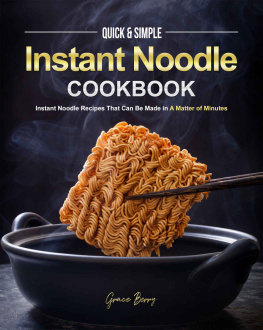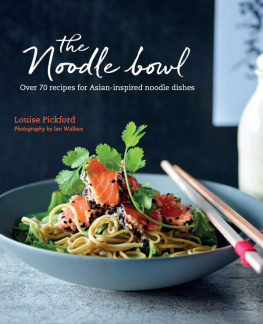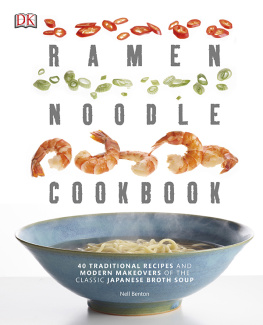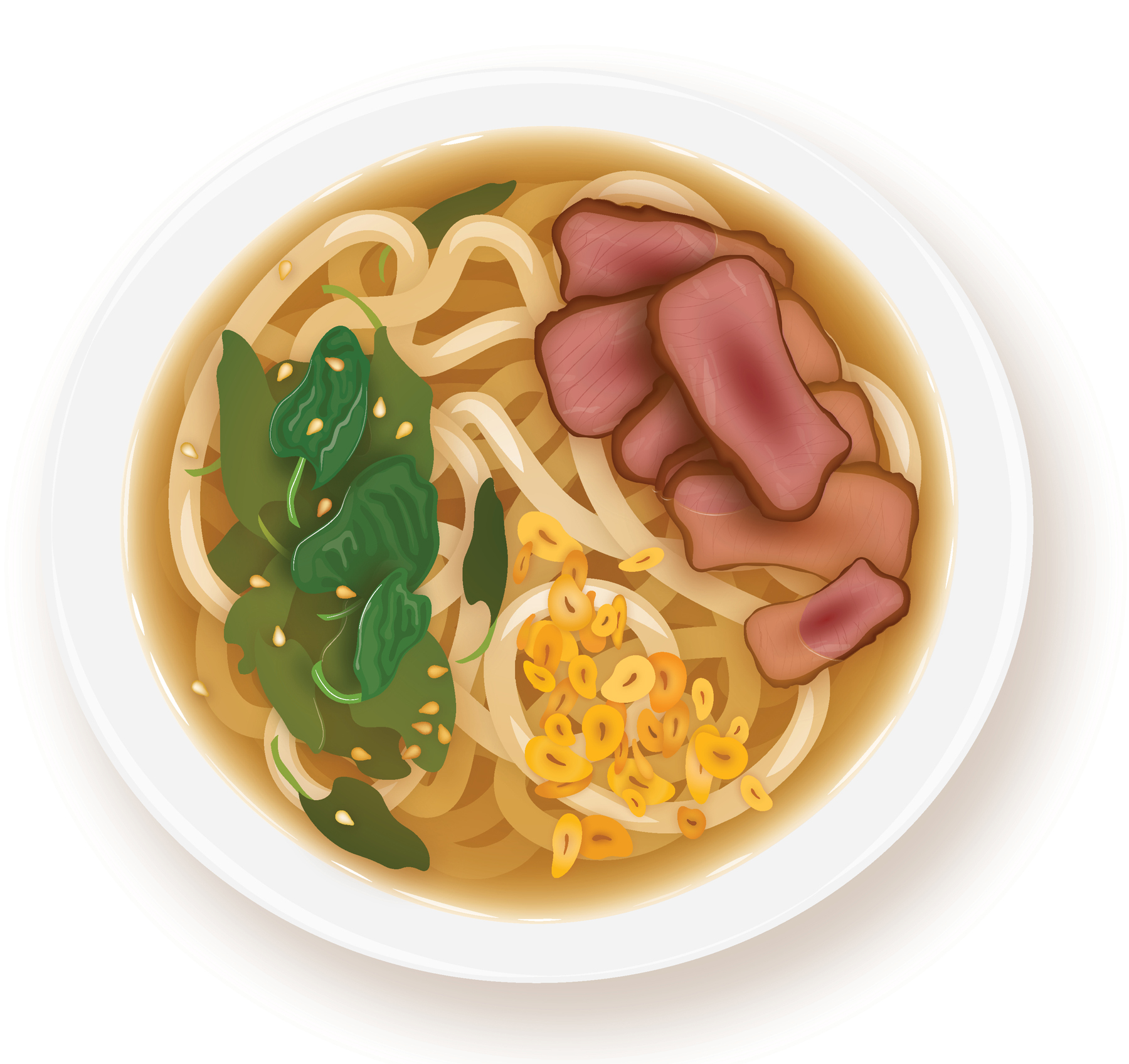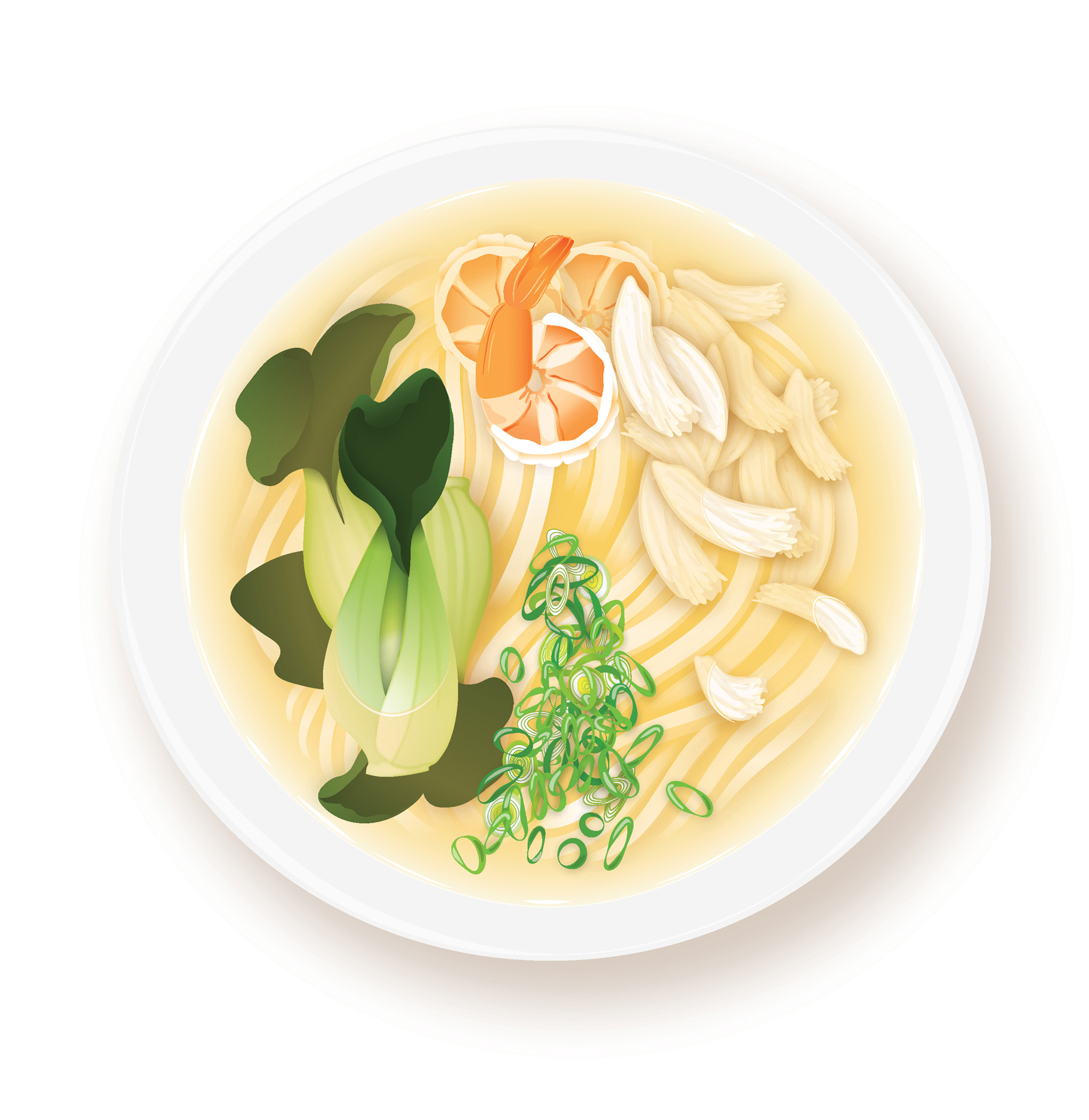Cover copyright 2019 by Hachette Book Group, Inc.
Hachette Book Group supports the right to free expression and the value of copyright. The purpose of copyright is to encourage writers and artists to produce the creative works that enrich our culture.
The scanning, uploading, and distribution of this book without permission is a theft of the authors intellectual property. If you would like permission to use material from the book (other than for review purposes), please contact permissions@hbgusa.com. Thank you for your support of the authors rights.
Published by Running Press, an imprint of Perseus Books, LLC, a subsidiary of Hachette Book Group, Inc. The Running Press name and logo is a trademark of the Hachette Book Group.
The Hachette Speakers Bureau provides a wide range of authors for speaking events. To find out more, go to www.hachettespeakersbureau.com or call (866) 376-6591
The publisher is not responsible for websites (or their content) that are not owned by the publisher.
I WAS RAISED IN HONG KONG, ON NOODLE SOUP. MY MOTHER STILL LIVES THERE, AND every couple of years I fly back from New York to visit her. I always fly Cathay Pacific, Hong Kongs main international airline, for one reason: halfway through the 16-hour flight, around the time when Ive lost all sensation below the knee and all hope generally, Cathay flight attendants glide through the cabin offering steamy bowls of instant noodles. It may be that the bar for joy is low in economy class, but passenger morale surges instantly. Those noodles are the reminder I need that Im only a few hours away from my next bowlthe one waiting for me on my mothers dining table. And if Im lucky, shell have poached an egg in the broth.

My mother has always comforted meand herselfwith noodle soup. My parents separated when I was nine, and that was the year my mother and I really started eating a lot of it. At that time, we were living in Los Angeles, and she was working a demanding corporate job. We fell into a routine that felt tedious then, but now strikes me as verging on heroic: every weekend, she drove us out to the Taiwanese grocery store in Monterey Park and filled the trunk of our car with noodle soup provisions. Rice noodleswide, slippery ribbons or spindly vermicelliwere her go-to starch, Swansons chicken broth was the preferred stand-in when there wasnt time (and there rarely was) to make her own, and her favorite toppingspeeled shrimp, thinly sliced chicken breast, clusters of baby bok choywere the ones she could poach right in the simmering stock. To my mother, noodle soup didnt mean tonkotsu ramen or an eight-hour pho. In a chaotic year, it meant a blank slate, ready to be inscribed with dinner.
Although my relationship with my mother has never been what one might call harmonious, in the kitchen, at least, I am my mothers daughter. In my twenties, I went to culinary school and trained in a very refined sort of French cooking, but, with love and respect to Escoffier, I found nothing in the classical French kitchen to quite match the rush of well-being I get from a bowl of brothy noodles. If Im tired, under the weather, or on a deadlinefittingly, my consumption skyrocketed in the final stretch of this very manuscriptnoodle soup is almost always what I reach for. The rewards of this dish arent just the warm, soothing, sensory ones; theyre in the very versatility of its composition. I have certainly spent whole afternoons simmering pork bones over a wispy flame and pleating wontons until I enter a sort of trance, but with some clever shopping and thoughtful freezer-stocking, Ive gotten a bowl on the table in 20 minutes, too. Its just that kind of a dish.

In the beginning, noodle soup was a Chinese dish. Sometime in the third century, the poet Hong Ju boasted of downing ten bowls (small ones, I assume) in one sitting, likening the gleaming white noodles to strands of autumn silk. Over the centuries, noodle soup traveled through Asia on the same trade routes that carried silk, tea, and spices; today, its eaten from Tokyo to Tashkent, across a territory spanning some 4,000 miles. In some languages, the name of the dish still displays its Chinese originsJapanese ramen and Uzbek lagman both clearly derive from lamian, Mandarin for pulled noodlesbut the flavors have long since declared independence. Every region has imprinted noodle soup with its own distinct character.
In the 1950s, street vendors in my native Hong Kong began selling a sort of choose-your-own-adventure noodle soup from alleyways and sidewalks. Compact metal pushcarts were equipped with a vat of broth, an array of noodles, and a profusion of good things to top them with; from this arsenal of noodle soup components, customers were invited to compose exactly the bowl they wanted to eat. It caught on. To this day, the tradition of little cart noodles lives on in Hong Kongs greasy spoonsminus the little cart. In its place: a menu printed with a complete inventory of the establishments noodle soup offerings and a checkbox next to each item. Diners take a pencil and weigh their options. While one ticks the boxes next to udon noodles, fishballs, and shiitake mushrooms, her companion is building a bowl out of egg noodles, wontons, and poached greens.
I invite you to approach this book the way you might a street vendors noodle cart in old Hong Kong. Peer into it, see what tempts you, and build the bowl that sounds good to you in that moment. Then, come back another day and construct an entirely new one. Whatever you create, take heart in the knowledge that youre participating in a venerable tradition. The goal of this book is to radically expand the notion of what noodle soup can mean, showcasing the much freer way it is prepared in homes across Asia, and the very personal way I prepare it in mine. The bowl I want to empower the reader of this book to prepare is one that doesnt have any particular name. Its bespoke.
This book is a resource for every level of noodle soup engagement. If you have three hours to spare on a Sunday afternoon, it will guide you through making a broth from scratch. If its 8 oclock on a Tuesday night, it will show you the quickest way to perk up that half-used carton of chicken stock in your fridge. Even if your starting point is a packet of instant ramen, there are ways to make it nourishing and beautiful.





